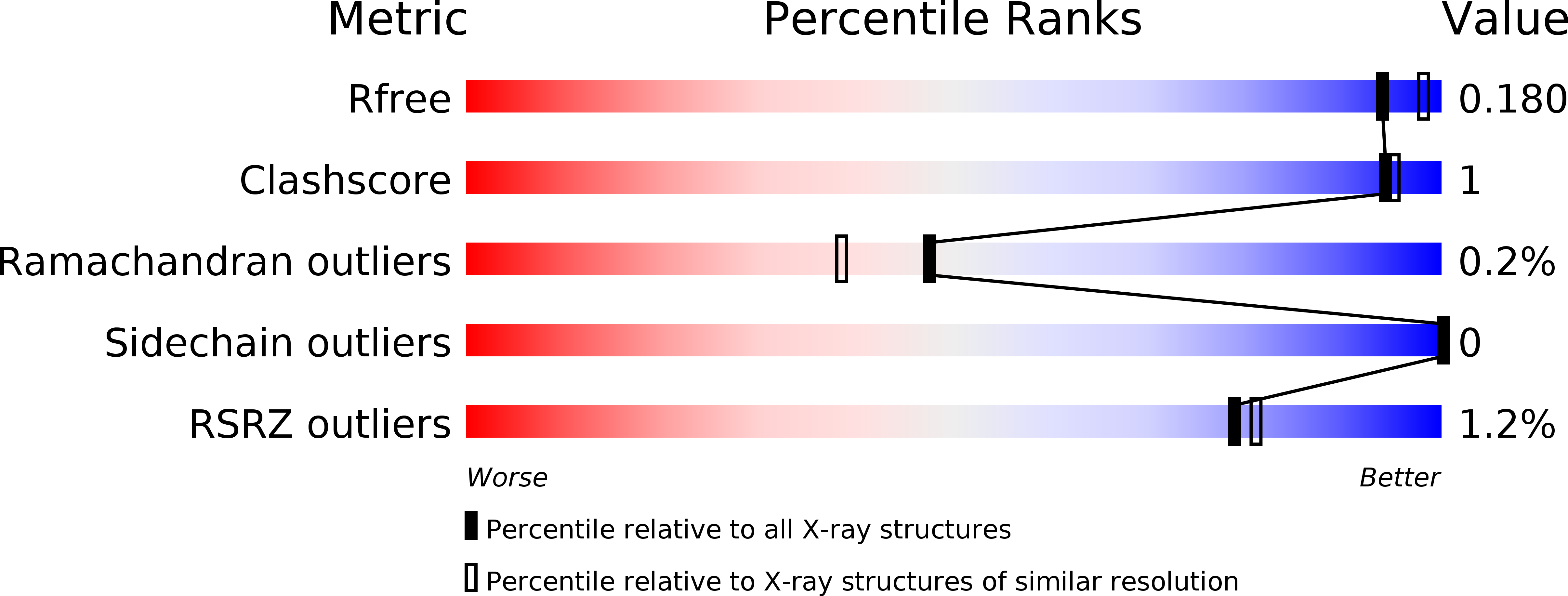
Deposition Date
2018-03-25
Release Date
2018-05-16
Last Version Date
2024-01-17
Entry Detail
Biological Source:
Source Organism:
Chelativorans sp. (strain BNC1) (Taxon ID: 266779)
Host Organism:
Method Details:
Experimental Method:
Resolution:
1.90 Å
R-Value Free:
0.16
R-Value Work:
0.14
R-Value Observed:
0.14
Space Group:
F 2 2 2


